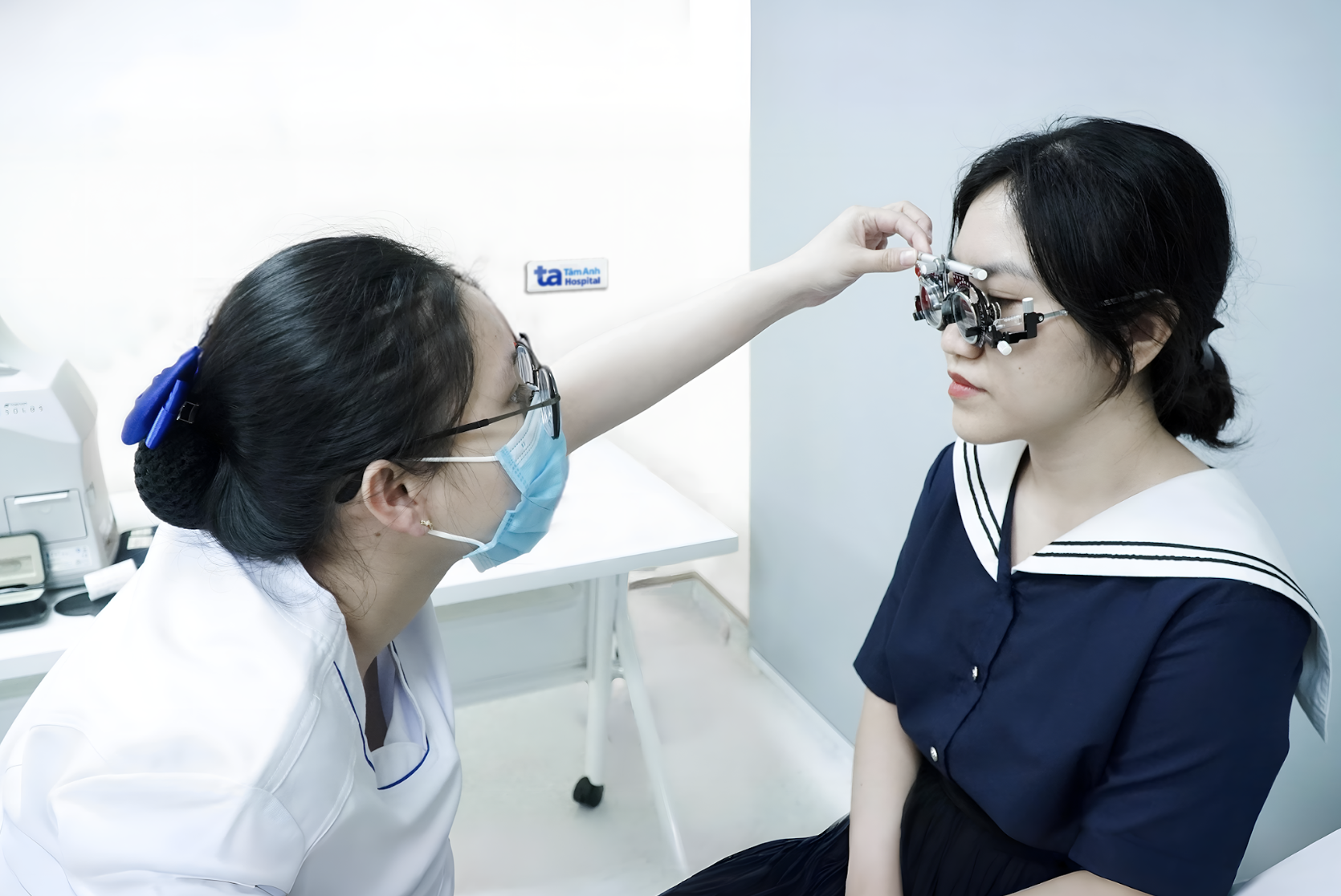Answer:
Myopia, or nearsightedness, does not go away on its own as children grow older or reach old age. It's a refractive error that occurs when the eyeball grows too long, causing images to focus in front of the retina instead of directly on it. This change is structural and, once it occurs, cannot be reversed without professional intervention.
Some people believe myopia disappears with age due to the onset of presbyopia, which typically begins around age 40. Presbyopia occurs when the eye's lens loses its flexibility, making it difficult to focus on near objects. People with myopia often feel their nearsightedness has lessened at this age because they can read without their glasses, while those without myopia need reading glasses. However, this doesn't mean the myopia is gone. It simply means presbyopia and myopia are temporarily offsetting each other. The eye is still myopic.
In children, myopia tends to progress rapidly between the ages of 7 and 18 if not properly managed. Therefore, a combination of eye care and early medical intervention can help slow down myopia progression and protect a child's future vision.
You should take your daughter for eye exams every 6 months to monitor her myopia. Lifestyle adjustments also play a vital role. Teach her to maintain proper posture while studying, keep a minimum distance of 30-35 cm when reading, limit screen time to no more than 45 minutes at a time, and encourage at least 1-2 hours of outdoor activities daily.
 |
A nurse checks the eyesight of a myopic person. Photo illustration: Tam Anh General Hospital |
Several treatments are available to control myopia progression in children. These include special glasses (multifocal or defocus incorporated multiple segments lenses), Ortho-K night contact lenses, and atropine eye drops. Your doctor can recommend the most suitable option for your daughter based on her age and the severity of her myopia.
Dr. Nguyen Duc Huy
High-Tech Eye Center
Tam Anh General Hospital, TP HCM
| Readers can submit questions about eye diseases here for doctors to answer. |












